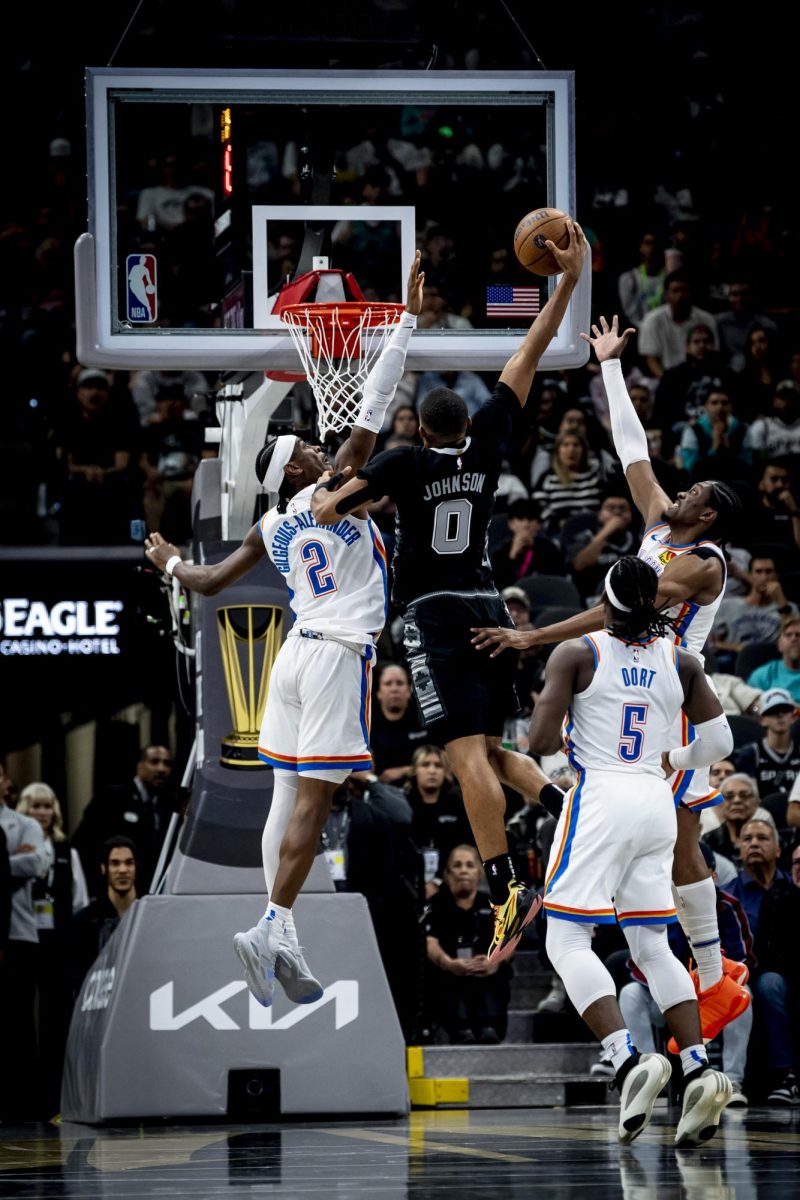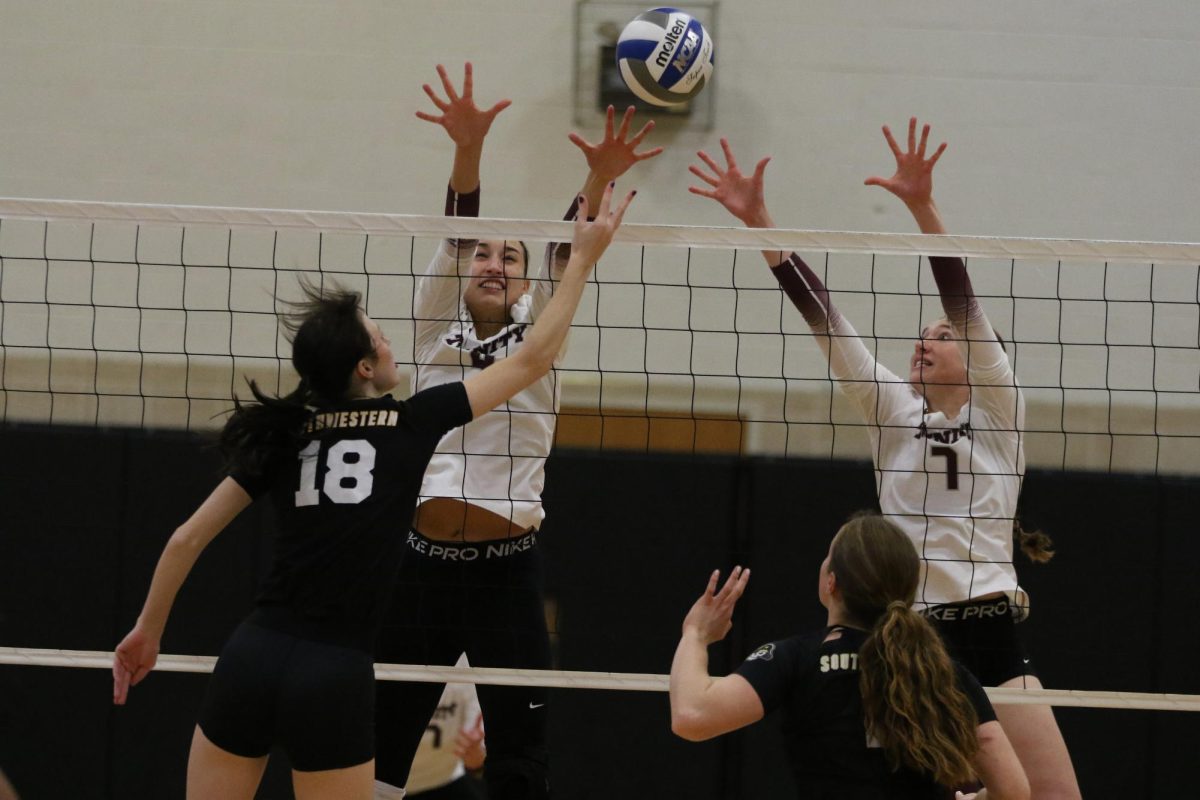On Monday, Nov. 17, a record-breaking contract was negotiated between the Miami Marlins and outfielder Giancarlo Stanton.
Stanton is a 25-year-old stud, already one of the faces of baseball. He has the fourth-most home runs through his age-24 season, is an all-star outfielder, and finished second in National League MVP votes this past year. Stanton is one of the best baseball players in the game today, and with his new contract, he will average $151,321 per game for the next 13 years.
Baseball contracts are quickly increase in value. Clayton Kershaw was recently re-signed for seven years at $215 million with the Los Angeles Dodgers; Robinson Cano signed as a free agent with the Seattle Mariners for $210 million over 10 years; Albert Pujols agreed to a $240 million 10-year contract with the Los Angeles Angels.
The main argument defending such lucrative salaries is that it recognizes these athletes as sone of the best in their sport.
“They’re the ones who bring in all the revenue. The only reason they wouldn’t be worth the money is if they would dip into the owner’s profit margin,” said sophomore pitcher Brendan Meyer. “The big names that are making all the money are the ones who bring people to the stadium and are who people want to see. If they’re performing at the highest level and they’re one of the greatest in the game, I think they deserve as much money as the salary cap allows.”
While these superstars help increase attendance, the state of Florida has often been criticized as a poor MLB location.
In 2013, Tampa and Miami had two of the three worst attendance rates (1,510,000 and 1,586,000, respectively).
The Marlins built a brand new stadium in 2012 that seats 36,742 fans. When Marlins Park first opened for the 2012 season, attendance jumped to 2,219,000 for the whole season.
Since then, attendance has dipped once again as the appeal of the new park began to wear off.
“I don’t think Stanton’s contract will translate into increased game attendance, but I think it will help with media coverage and generate greater interest in the Marlins,” said sophomore catcher Robbie Kellerman.
Furthermore, MLB attendance as a whole has been declining over the past decade as well.
Making matters worse, baseball television viewing is down to 101,668,000 viewers compared to 108,550,000 in 2012.
With the Marlins tied for the 24th favorite MLB team out of 30, the team doesn’t seem to have a lot of things going its way.
Traditionally, the Marlins are known for maintaining a low-budget team, choosing to let rising stars walk due to financial restrictions, making Stanton’s contract even more surprising.
Stanton is one of the most entertaining players to watch, but baseball is a team sport, and now the struggling Marlins may be locked up with one player.
“If [Stanton] is really good, he’s getting a hit 33 percent of the time, and if you’ve got nobody to punch him home or nobody on base ahead of him, then what’s the point?” said Jacob Tingle, assistant professor of the practice. “He is arguably the best right fielder on the planet, so you’ve got him locked up, but what have you done in terms of having enough capital to go out and get other free agents or to lock in some great players coming up through your farm system who are ready for their second contract? Are you going to be able to lock them in, since you have so much money tied up in this one player?”
Since 2003, the average salary has increased from $2.37 million to $3.21 million. These megadeals with Stanton, Kershaw, Pujols and Cano are outliers in the MLB.
However, these athletes are competing in a sport that once dominated the nation as “America’s pastime” and is now quickly losing its popularity.
If sport truly is entertainment, baseball is suffering, as indicated by the decline in both game attendance as well as television viewership.
Are these lucrative contract deals an attempt to spark interest in baseball, or do baseball club owners lack control of spending large amounts of money and risk the possibility of running the game straight into the ground?






